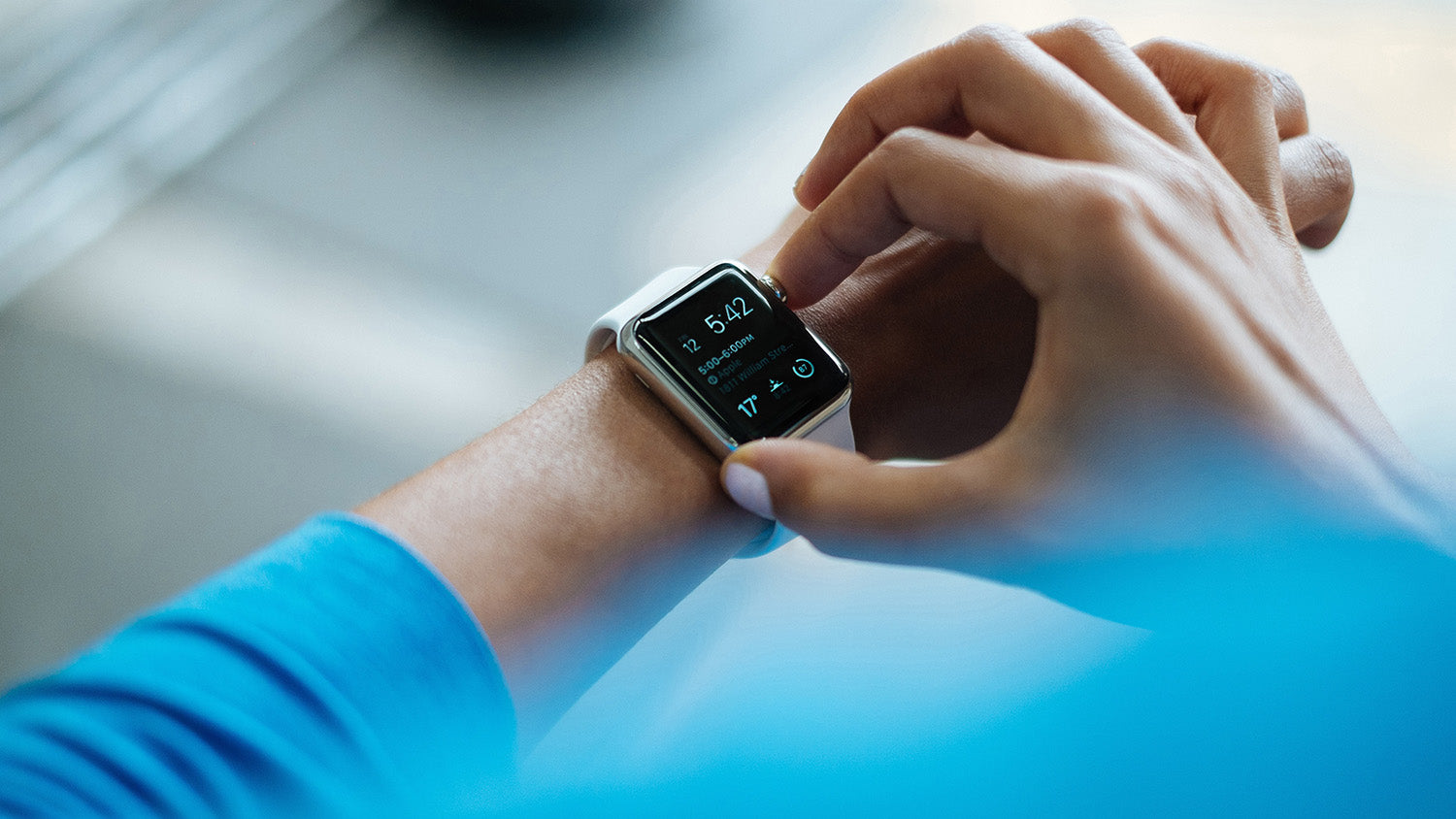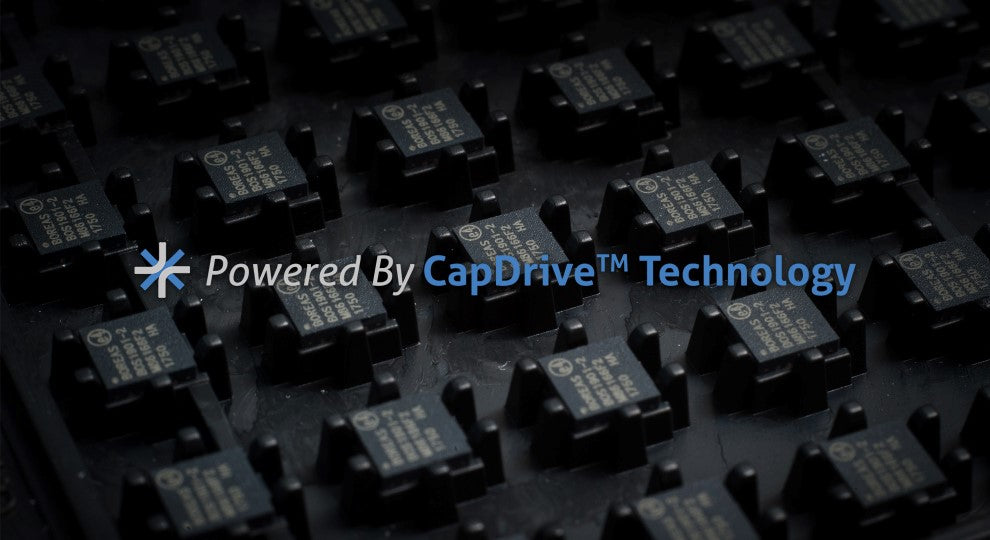
The last decade (2010-2019) saw many innovations reaching the market in the mobile device industry. Phones went from devices with buttons to touchscreens and watches went from miniature clocks to full-fledged wearable computers with body sensors.
Mobile devices screen technologies evolved from low resolution (720 x 480 pixels) to Quad HD screens (2560 x 1440 pixels) and from LCD panels to OLED screens with infinite contrast ratio. Mobile CPUs at the beginning of the decade were barely powerful enough to browse the web. They are now reaching performance levels close to CPUs used in personal computers. In short, mobile computing evolved really fast in the last ten years, but manufacturers around the world are reaching a plateau. Each new release is a small incremental improvement over the previous device generation.
Mobile device manufacturers are always looking for new ways to improve and differentiate their devices on the market. The newest field of interest relies on the touch sense. OEMs are paying more attention and investing resources in developing and integrating better haptic technologies to enhance the user experience of their products.
Let’s see how haptic technologies evolved in the last ten years and how they will shape the next decade.
Last Decade Mobile Devices Haptic Technologies
Smartphones always used haptics for different use cases. At first, haptic feedback was needed for notifications (when you receive an incoming call, a new text message, a new email, etc.). Since notifying the user is a basic task, the haptic technologies used in smartphones where basic and cheap as well.
Mobile devices at the beginning of the decade were using Eccentric Rotating Motors (ERM) to generate haptic feedback. While their tactile effect library is very limited, ERMs are a cost-effective solution to create simple vibration and perfect for basic needs like creating notifications. Since 2015, phone OEMs are investing more resources to improve their haptic feedback. Therefore, they are using more advanced haptic technologies.
Linear Resonant Actuators (LRA) offer better haptic performance than ERMs. They create stronger and crispier tactile effects, while consuming less power. The better performance of LRAs allow phone manufacturers to start replacing mechanical buttons with haptic buttons (with mitigated success). The first mainstream device to do so was the iPhone 7 with the Taptic Engine.
Apple iPhone 7: Taptic Engine Release
Released on September 16, 2016, the iPhone 7 replaced the iconic mechanical home button with haptics. While the device looked almost the same as the previous version, the home button was completely sealed and didn’t move. Instead, Apple introduced the Taptic Engine, a custom linear resonant actuator (LRA). Situated under the nonmoving home button, the Taptic Engine tactile effect replaces the feeling of a mechanical button click.
Apple Watch Series 4: Digital Crown With Haptic Feedback

Apple also used its famed Taptic Engine in other devices like their MacBook trackpads and their Apple Watch line-up. In both cases, to replace mechanical buttons.
In the smartwatch case, Apple uses the Taptic Engine since the Series 4 release (September 21, 2018) to replicate clicks from the digital crown (the small knob on the side of the watch).
Taptic Engine Tour de Force: Make Haptic Feedback Mainstream
The real tour de force from Apple in the last decade was to finally make people notice about haptic feedback performance and expect better technologies in their mobile devices. The Taptic Engine brought haptics under the spotlight in the consumer market. The rest of the high-end smartphone market noticed and followed up as well. Most high-end phones are now using LRAs instead of ERMs.
How Will Mobile Haptic Technologies Evolve In the Next Decade?
Now that most high-end phones are using LRAs, OEMs will look for new and better-performing haptic technologies to differentiate their products in the next decade. Fortunately, there is a new kind of haptic technology that generates a lot of interest lately, piezoelectric actuators.
Piezo Actuators Will Shape Mobile Devices’ Next Decade Haptics
Piezo actuators offer the ultimate haptic experience. Stronger feedback, almost instantaneous start-up time to create super crisp tactile effects and almost infinite frequency range to create various tactile effects. Piezo actuators also create very localized haptic feedback since don’t rely on mass movement to create vibration. The actuator size and shape can be customized for different applications as well.
Their localized feedback and small size make them perfect to replace mechanical buttons in smartphones and smartwatches.
Their almost infinite frequency range means they can create various rich and detailed effects, like replicating textures on flat surfaces like glass.
Piezo represents the future of mobile devices haptic feedback.
Piezo Haptic Driver IC CapDriveTM Technology

Piezo actuators have been around since a few years. The reason why they haven’t been adopted by mobile device OEMs has nothing to do with the actuator itself. It’s because of poorly performing piezo driver integrated circuit technology.
Piezo actuators need high-voltage electric current to create tactile effects. Previous piezo drivers consumed a lot of power to achieve the desired voltage levels needed to operate the actuators. The high-power consumption also brought high levels of heat generation and wasn’t suited for mobile devices.
Things have changed lately. Our patented CapDriveTM technology is a revolutionary piezo driver integrated circuit (ic) architecture designed to reduce considerably the driver’s power consumption. Using a CapDriveTM based piezo driver integrated circuit, you’re reducing the power consumption up to 10x. In fact, CapDriveTM makes piezo haptic technologies the lowest power-consuming solution available. It is now possible to integrate with success high-performing piezo actuators into a small mobile device. Our technology revived the industry’s interest in piezo-based haptic solutions.
Ultra-low power consumption is only one of the main features of our patented CapDriveTM technology. You can learn more about it here.
Haptic Technologies in Mobile Devices and the Next Ten Years
What will we be able to feel on our devices in ten years? Our mobile devices will be able to replace mechanical buttons to the point where the user won’t notice them. They will also be able to let us feel textures on touchscreens. We’ll be able to feel the fabric of a shirt on an e-commerce website, for example. Tactile effects will shape how we interact with our devices, and all that will be possible thanks to piezoelectric haptic solutions.

Leave a comment